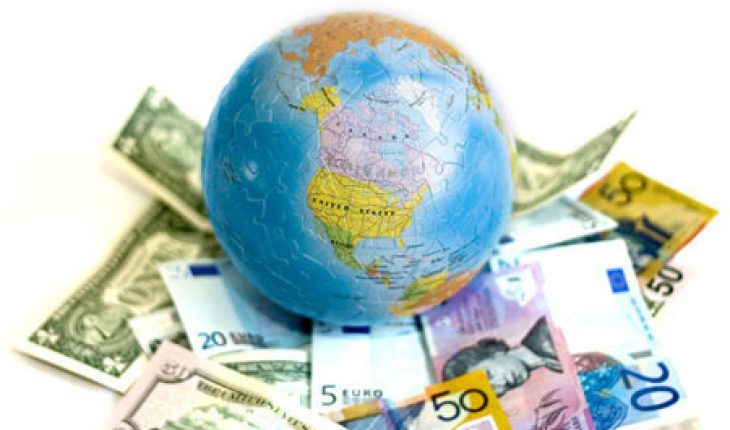Today’s technology offers you numerous ways to transfer money. Some of the most popular are the following.
Bank Wire Transfer
Wire transfer can be conducted by the person or someone they authorized The individual heads to the bank and asks it to move a certain amount of cash. The bank will ask for the BIC code so the money can be sent. Depending on your location, the bank may request more information.
The bank will relay the message to the recipient bank. The message will include the instructions the individual gave to the bank. The process may take a few hours or days to complete, but it remains one of the most popular ways to transfer money.
The banks need to have reciprocal accounts with one another. There
is a corresponding fee charged to both sender and receiver. The sending bank issues the fee prior to transferring the money. The receiving bank usually deducts a percentage from the money being sent.
Electronic Funds Transfer (EFT)
This label is applied to any financial transaction involving computers. This includes making use of a payment card or direct payroll deposits. There are several firms that specialize in the latter process. Direct debit business refers to payment by the customer to the business.
Online banking and payment are also forms of EFT. Other ways to transfer money like electronic benefit transfer is also referred to as EFT. Other systems include EFTPOS (Electronic Funds Transfer at Point of Sale) and card based EFT. The processes will vary depending on the bank or money transfer service.
Email Money Transfer
The cash is not transmitted via electronic mail. However it is so-called because the directions are specified in email. The sender goes to an online bank and specifies the amount to be sent.
The recipient is selected and security questions and answers are chosen. An email is relayed to the recipient. Instructions are provided for obtaining the fund.
This is one of the easiest ways to transfer money; if these are followed and the correct security answer is given, the money is transferred to their account. If the banks are both online, there is no extra charge for depositing. If the receiving bank isn’t online, the usual charges will apply.
Money Order
This method involves making a payment order for a pre determined cash amount. Generally, money orders consist of two components. The first is the check (negotiable) for the payee and a receipt for the customer. The amount is specified on both components and other documents. It is kept at both the issuer and agent spots.
Countries use various methods to secure money orders. In the US, this includes using watermarks, printing on clean paper and multicolored inks. In Japan, an international money order must be set on yellow and pink paper.
There are many other ways to transfer money. These include Visa, MasterCard and direct deposit. When sending and receiving money, take all the necessary precautions so you avoid falling victim to counterfeiting and other scams.





